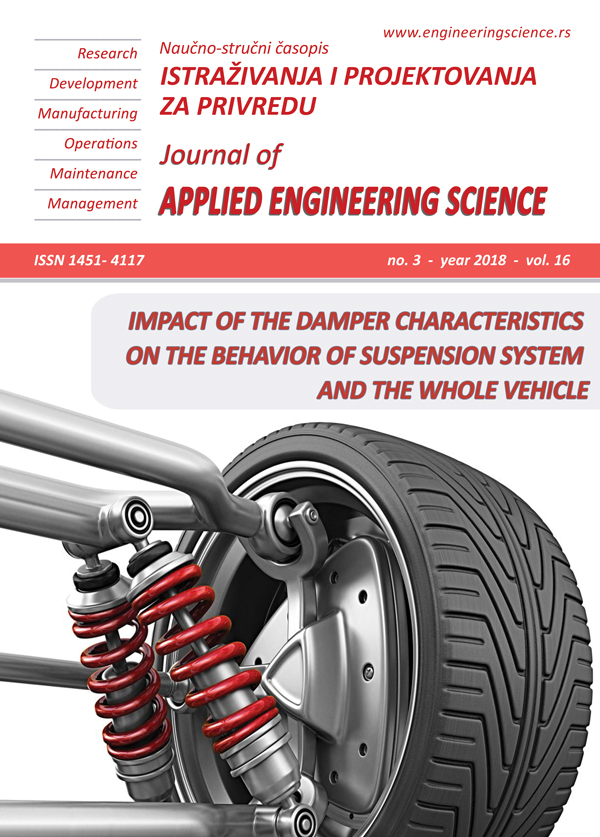OPTIMIZATION OF OIL FIELD DEVELOPMENT PROCESS BASED ON EXISTING FORECAST MODEL
Abstract
Process of oil-and-gas field development optimization under the conditions of a mineral raw material base deterioration and increase in a share of hard-to-recover reserves is the integral part of commercial production stage, especially in the last stage of development. Decisions regarding the optimization of the development system with contour water flooding under the conditions of a high water-cut of well production need to be made using additional instruments for the decision making, such as 1-D, 2-D and 3-D models. Using of simulation does not exclude a participation of experts in such work and imposes great responsibility on them in making decisions. Searching for optimal decisions under the oil-and-gas field development optimization based on physic-mathematical models together with the participation of recovery and development experts is the basis for managerial decision making in oil-and-gas production companies. This article shows the principles of the oil-and-gas field development optimization based on the existing forecast model and describes an industrial example of such optimization instrument usage together with the participation of the experts.
References
Audet, C. and Dennis Jr., J.E. (2002) Analysis of generalized pattern searches. SIAM Journal on Optimization, 13(3), 889–903.
Eberhart, R.C. and Kennedy, J. (1995) A new optimizer using particle swarm theory. Proceedings of the Sixth International Symposium on Micromachine and Human Science, 39–43.
Echeverría Ciaurri, D., Isebor, O.J. and Durlofsky, L.J. (2011) Application of derivative-free methodologies to generally constrained oil production optimization problems. International Journal of Mathematical Modelling and Numerical Optimisation, 2(2), 134–161.
Integrated Modelling Approach as Estimation Tool for Well Regimes and Gathering Network Impact on Oil Rim Development (Russian), 182007-RU SPE Conference Paper – 2016.
Kennedy, J. and Eberhart, R.C. (1995) Particle swarm optimization. Proceedings of IEEE International Joint Conference on Neural Networks, 1942–1948.
Onwunalu, J. and Durlofsky, L.J. (2010) Application of a particle swarm optimization algorithm for determining optimum well location and type. Computational Geosciences, 14, 183–198.
Torczon, V. (1997) On the convergence of pattern search algorithms. SIAM Journal on Optimization, 7(1), 1–25.
Van Essen, G., Van den Hof, P.M.J. and Jansen, J.D. (2011) Hierarchical long-term and short-term production optimization.109 SPE Journal, 16(1), 191–199.
Lushpeev V.A., Tsiku Y.K., Sorokin P.M. (2014) Welltest during synchronous-separate operation. Life Science Journal 2014; 11(12s):351-353] (ISSN:1097-8135). http://www.lifesciencesite.com. 73
J.R. Fanchi, (2000). Integrated approach. ANCO «Institute of computer researches».

